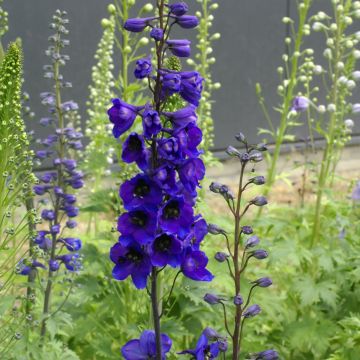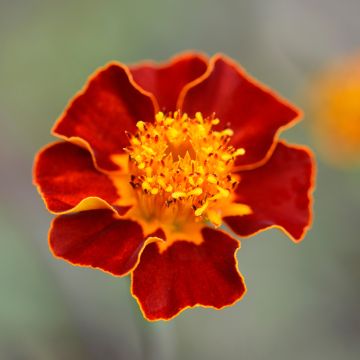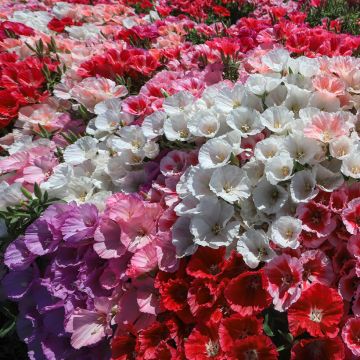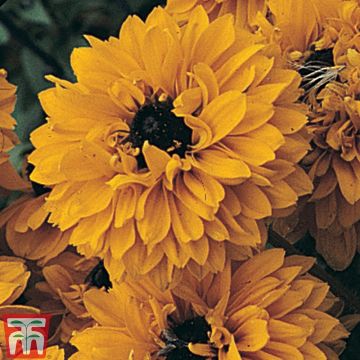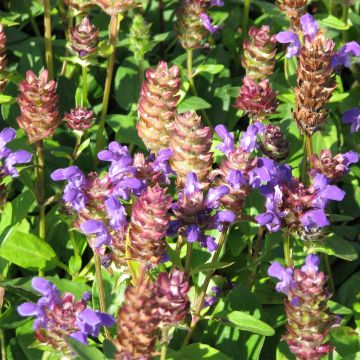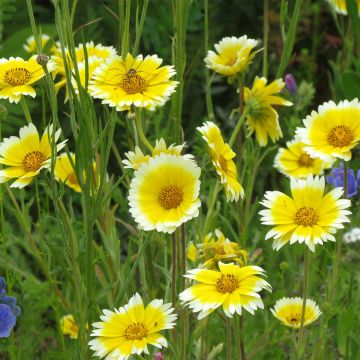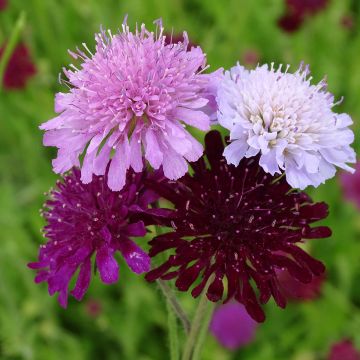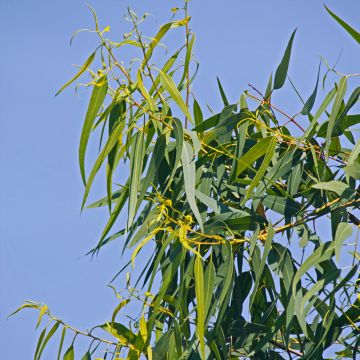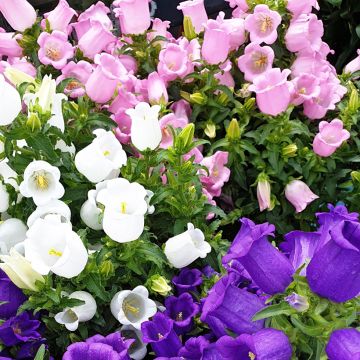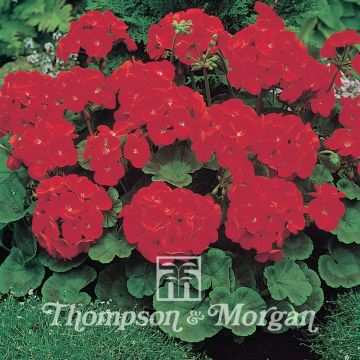

Lavender Hidcote seeds - True Lavender
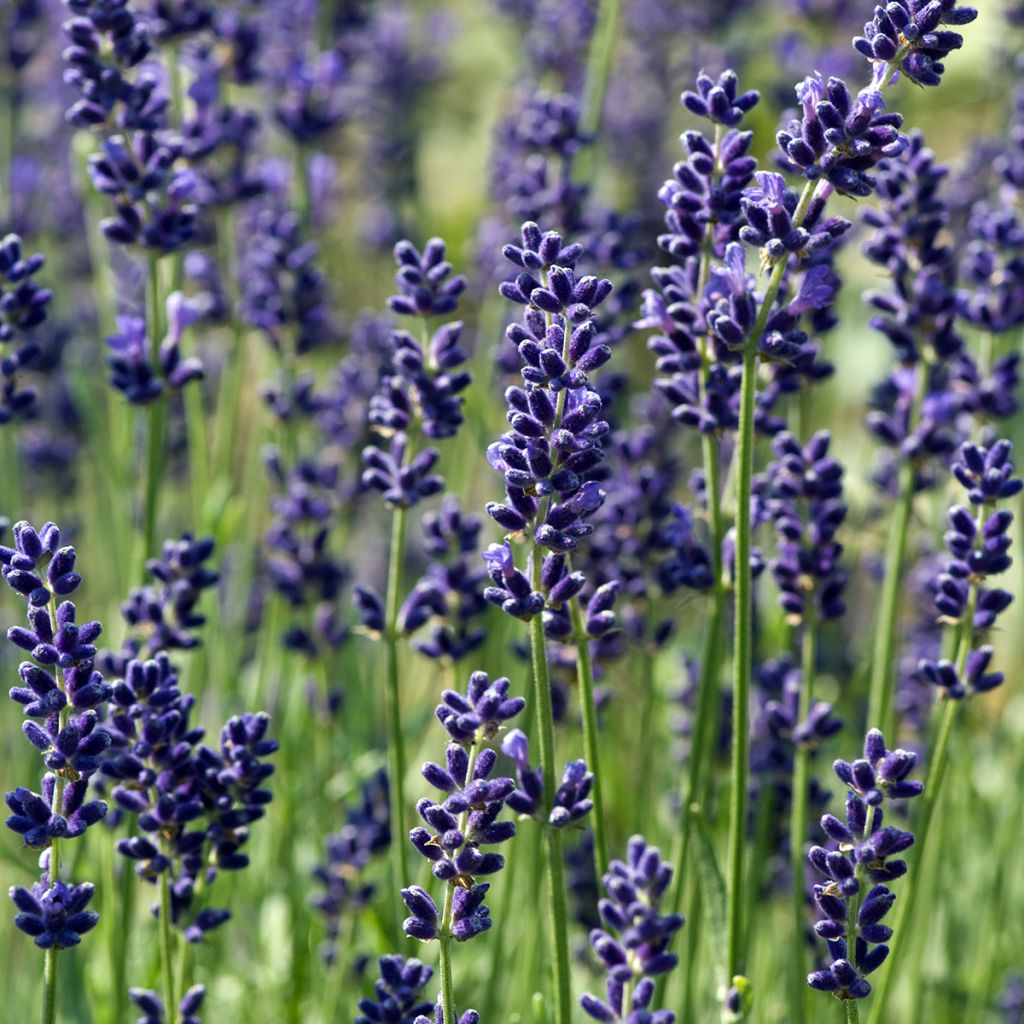

Lavender Hidcote seeds - True Lavender
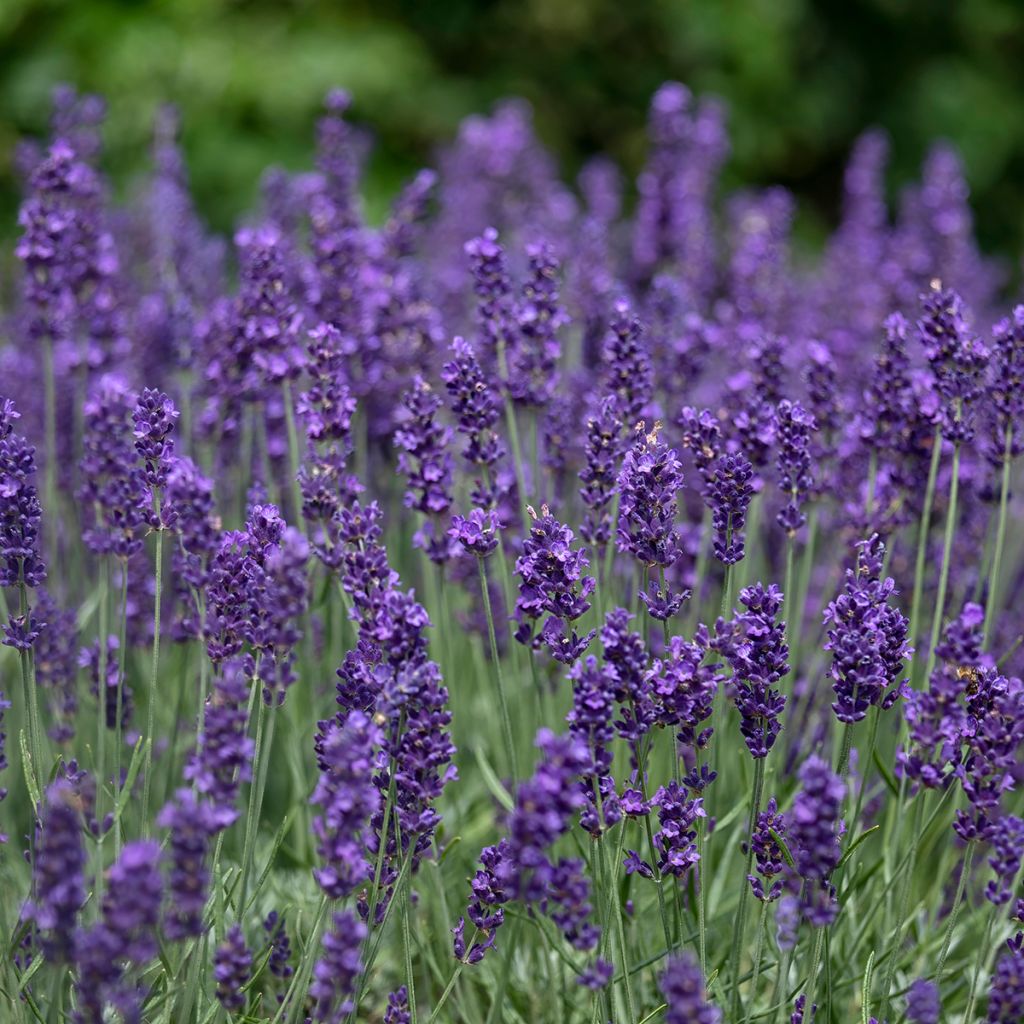

Lavender Hidcote seeds - True Lavender
Lavender Hidcote seeds - True Lavender
Lavandula angustifolia Hidcote
True Lavender, English lavender
Special offer!
Receive a €20 voucher for any order over €90 (excluding delivery costs, credit notes, and plastic-free options)!
1- Add your favorite plants to your cart.
2- Once you have reached €90, confirm your order (you can even choose the delivery date!).
3- As soon as your order is shipped, you will receive an email containing your voucher code, valid for 3 months (90 days).
Your voucher is unique and can only be used once, for any order with a minimum value of €20, excluding delivery costs.
Can be combined with other current offers, non-divisible and non-refundable.
Home or relay delivery (depending on size and destination)
Schedule delivery date,
and select date in basket
This plant carries a 6 months recovery warranty
More information
We guarantee the quality of our plants for a full growing cycle, and will replace at our expense any plant that fails to recover under normal climatic and planting conditions.
Would this plant suit my garden?
Set up your Plantfit profile →
Description
Lavandula angustifolia 'Hidcote', also known as English lavender or common lavender, is a robust Mediterranean shrub. It forms a dense and compact ball covered with aromatic grey-green foliage, that is deciduous or semi-evergreen. In June, its short and stocky spikes bloom into a multitude of bristly stems that transform the plant into a round, deep violet-blue display. Decorative even in winter, it has a strong nature, tolerant against drought and salty wind. Give it a dry slope with poor soil, sun and plenty of heat.
Lavandula angustifolia is a plant of the Lamiaceae family, related to salvias, thymes and rosemarys. The 'Hidcote' variety forms a small-sized bush of 50cm (19.7 in) in all directions, with an upright, very compact, dense and vigorous habit, in a bushy and rounded clump. Its decorative deciduous or semi-evergreen foliage is composed of narrow aromatic leaves which are a beautiful silver-green colour. In summer, this lavender is covered with a multitude of dark violet-blue, highly fragrant flowers that attract bees, carried by short cylindrical spikes at the end of woody stems. In reality, it is the coloured calyxes, which surround the flowers, that influence the perception of the colour of the inflorescence when seen from a distance.
This Lavender Hidcote, like most other lavenders, needs to be planted in full sun in very well-drained soil (even dry and rocky soil). In a sunny and warm location, its silver-green foliage will be bright and its violet flowers will exude an intense fragrance. An ornamental and Mediterranean plant par excellence, lavender can be used in flower beds, as a specimen plant, in borders, rock gardens, pots, coastal areas, and even as a low-flowering hedge.
With its graphic and wild appearance, the colour of its foliage, and its violet flowers, the gardener has endless possibilities. You can associate Lavender Hidcote with grasses like Stipa pennata or Stipa tenuifolia, which, with their tousled habit, will contrast with its rounded shape and create a harmonious association often found in nature. It will also work wonders when combined with perennial flaxes, astragals, euphorbias, or shrubs such as rockroses, landscape roses, coronillas, and shrubby salvias. It pairs well with Iris germanica, daylilies, and the corollas of Poppies. You can also create beautiful containers to be placed on the patio or balcony. It is also possible to mix several lavender varieties together, creating an elegant display with a variety of flower and foliage colours, as well as different plant sizes and volumes.
Properties: English lavender, being a highly honey-producing plant, contributes to the conservation of bees: the nectar of its flowers attracts bees, making it one of the most renowned honey plants. The plant is distilled to obtain a highly sought-after essential oil used in perfumery and aromatherapy. Its numerous therapeutic virtues are still widely used: its essential oil has antiseptic, antispasmodic, healing, purifying, diuretic properties, etc.
Report an error about the product description
Lavender Hidcote seeds - True Lavender in pictures


Flowering
Foliage
Plant habit
Botanical data
Lavandula
angustifolia
Hidcote
Lamiaceae
True Lavender, English lavender
Cultivar or hybrid
Other Thompson and Morgan seeds
View all →Planting and care
Sow at any time of the year.
Sow lavender in trays, pots, etc. in a well-drained special seed compost. Barely cover the seeds with compost. Place the sown compost in a propagator or a warm place to maintain an optimal temperature of 15-18°C (59-64°F). Germination can be slow. If this is the case, place the tray or pots in a polythene bag and leave at 15-18°C (59-64°F) for 2 weeks, then place them in the refrigerator (not freezer) for 3 to 6 weeks. After this step, return the sown compost to the recommended germination temperature. If germination does not occur within 6 to 10 weeks, return to the fridge for another 3-6 week stay. Regularly check the compost placed in the refrigerator and immediately take it out if it is showing signs of germination.
Transplant the young plants, when large enough to handle, into 8 cm (3.1 in) pots. Let them grow under a cold frame and plant them outside the following spring, in full sun, spacing them 30cm (11.8 in) apart.
Cultivation:
In nature, lavenders always live in poor, rocky, dry, well-drained environments. They hate summer moisture, which causes them to fail, as they are very sensitive to fungal diseases induced by the combination of heat and moisture. In winter, they need perfect drainage, and in summer, they must be kept dry. Lavender will age better in poor soil, as its growth will be slower, and it will be less likely to become bare at the base. To limit this phenomenon, prune, from a young age, after flowering or in autumn, just above the first buds that can be seen on the wood. Lavenders never sprout from old wood. The clump will therefore branch out more and more, remaining compact, eventually forming beautiful round and dense cushions. Plant them in gravel, stones, coarse sand, but absolutely no compost or fertilizer. When pruning after flowering, do not throw away the faded inflorescences, but collect them to make sachets that will delicately scent wardrobes and also make excellent moth repellents. For dried bouquets, harvest the just-bloomed lavender flowers and let them dry upside down, in a well-ventilated place.
Sowing period
Intended location
This item has not been reviewed yet - be the first to leave a review about it.
Haven't found what you were looking for?
Hardiness is the lowest winter temperature a plant can endure without suffering serious damage or even dying. However, hardiness is affected by location (a sheltered area, such as a patio), protection (winter cover) and soil type (hardiness is improved by well-drained soil).

Photo Sharing Terms & Conditions
In order to encourage gardeners to interact and share their experiences, Promesse de fleurs offers various media enabling content to be uploaded onto its Site - in particular via the ‘Photo sharing’ module.
The User agrees to refrain from:
- Posting any content that is illegal, prejudicial, insulting, racist, inciteful to hatred, revisionist, contrary to public decency, that infringes on privacy or on the privacy rights of third parties, in particular the publicity rights of persons and goods, intellectual property rights, or the right to privacy.
- Submitting content on behalf of a third party;
- Impersonate the identity of a third party and/or publish any personal information about a third party;
In general, the User undertakes to refrain from any unethical behaviour.
All Content (in particular text, comments, files, images, photos, videos, creative works, etc.), which may be subject to property or intellectual property rights, image or other private rights, shall remain the property of the User, subject to the limited rights granted by the terms of the licence granted by Promesse de fleurs as stated below. Users are at liberty to publish or not to publish such Content on the Site, notably via the ‘Photo Sharing’ facility, and accept that this Content shall be made public and freely accessible, notably on the Internet.
Users further acknowledge, undertake to have ,and guarantee that they hold all necessary rights and permissions to publish such material on the Site, in particular with regard to the legislation in force pertaining to any privacy, property, intellectual property, image, or contractual rights, or rights of any other nature. By publishing such Content on the Site, Users acknowledge accepting full liability as publishers of the Content within the meaning of the law, and grant Promesse de fleurs, free of charge, an inclusive, worldwide licence for the said Content for the entire duration of its publication, including all reproduction, representation, up/downloading, displaying, performing, transmission, and storage rights.
Users also grant permission for their name to be linked to the Content and accept that this link may not always be made available.
By engaging in posting material, Users consent to their Content becoming automatically accessible on the Internet, in particular on other sites and/or blogs and/or web pages of the Promesse de fleurs site, including in particular social pages and the Promesse de fleurs catalogue.
Users may secure the removal of entrusted content free of charge by issuing a simple request via our contact form.
The flowering period indicated on our website applies to countries and regions located in USDA zone 8 (France, the United Kingdom, Ireland, the Netherlands, etc.)
It will vary according to where you live:
- In zones 9 to 10 (Italy, Spain, Greece, etc.), flowering will occur about 2 to 4 weeks earlier.
- In zones 6 to 7 (Germany, Poland, Slovenia, and lower mountainous regions), flowering will be delayed by 2 to 3 weeks.
- In zone 5 (Central Europe, Scandinavia), blooming will be delayed by 3 to 5 weeks.
In temperate climates, pruning of spring-flowering shrubs (forsythia, spireas, etc.) should be done just after flowering.
Pruning of summer-flowering shrubs (Indian Lilac, Perovskia, etc.) can be done in winter or spring.
In cold regions as well as with frost-sensitive plants, avoid pruning too early when severe frosts may still occur.
The planting period indicated on our website applies to countries and regions located in USDA zone 8 (France, United Kingdom, Ireland, Netherlands).
It will vary according to where you live:
- In Mediterranean zones (Marseille, Madrid, Milan, etc.), autumn and winter are the best planting periods.
- In continental zones (Strasbourg, Munich, Vienna, etc.), delay planting by 2 to 3 weeks in spring and bring it forward by 2 to 4 weeks in autumn.
- In mountainous regions (the Alps, Pyrenees, Carpathians, etc.), it is best to plant in late spring (May-June) or late summer (August-September).
The harvesting period indicated on our website applies to countries and regions in USDA zone 8 (France, England, Ireland, the Netherlands).
In colder areas (Scandinavia, Poland, Austria...) fruit and vegetable harvests are likely to be delayed by 3-4 weeks.
In warmer areas (Italy, Spain, Greece, etc.), harvesting will probably take place earlier, depending on weather conditions.
The sowing periods indicated on our website apply to countries and regions within USDA Zone 8 (France, UK, Ireland, Netherlands).
In colder areas (Scandinavia, Poland, Austria...), delay any outdoor sowing by 3-4 weeks, or sow under glass.
In warmer climes (Italy, Spain, Greece, etc.), bring outdoor sowing forward by a few weeks.






























